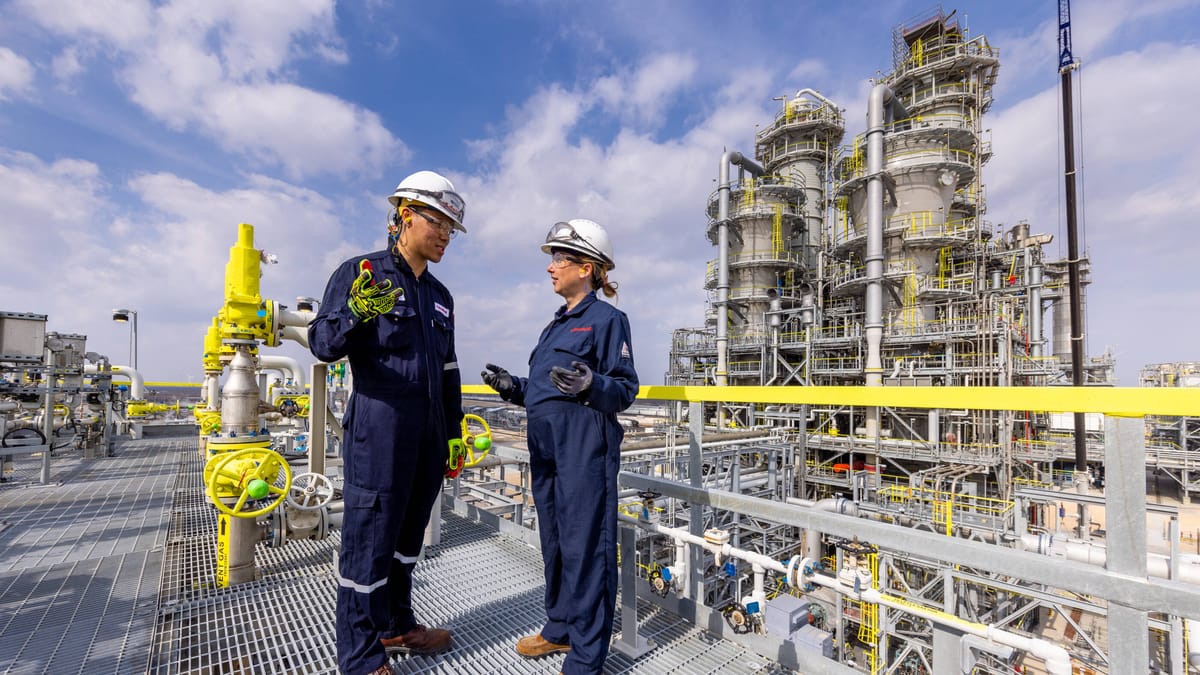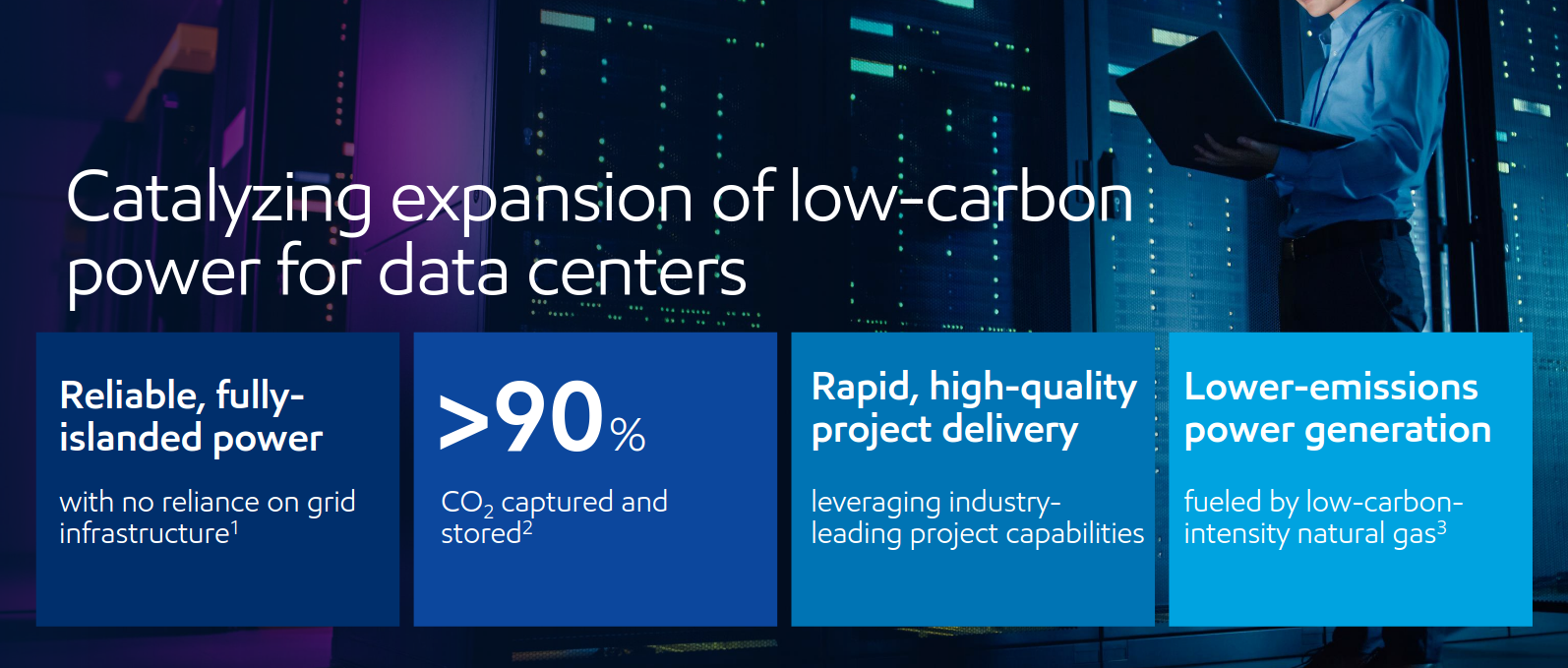
Oil and gas heavyweight Exxon Mobil talked up its ability to serve “low-carbon” power to tech companies scrambling to build out data centre capacity on an earnings call late Friday – but what does it mean?
“We're… well positioned to meet surging demand from data centers for low carbon power. And on a timetable that alternatives such as nuclear simply can't match” said CEO Darren Woods on the January 31 call.
What exactly is Exxon proposing to deliver?
A quarterly earnings call didn’t give much away, but an extensive corporate update in December 2024 revealed more of Exxon’s thinking.
“It's the ability to provide decarbonized natural gas to that power system and the ability to capture the CO2 and then to transport it and sequester it, where we bring the value,” Woods said at the investor day event.
Exxon has invested heavily in a growing network of pipelines and storage sites to transfer C02 and then inject it into subsea and underground sites.

“We're going to use a state-of-the-art carbon capture unit to trap over 90% of the CO2 emissions from the power generation and then we'll use our CO2 pipeline and our network of sequestration sites to transport and capture that CO2 permanently… The value proposition for low carbon data centers is on the molecules side of the equation for us,” he added.
So shipping gas plus carbon capture technology, in short.
He added: “This is a brand new area that people are trying to establish. We bring huge capability in this space. We know how to build these projects… These are very large investments, by the way. These data centers are enormous… we're not looking at being power generators. That's not the game here. We're certainly capable of doing it. But it will be done in facilitation of the molecule value of the equation…”
Hyperscale cloud providers and the likes of Meta are moving aggressively to secure energy suppliers for their ambitious data centre buildouts targeting increased AI training and inference capacity. (Meta, for example, is working on a 2GW data centre site and exploring its nuclear options.)
To Exxon’s CEO, that sounds like it will be implausibly slow to deliver.
“Importantly, projects like [ours] are fully detached from the grid. That means they're independent of utility timelines so they can be installed at a pace that other alternatives, including U.S. nuclear, just can't match.”
Exxon’s digital transformation continues
The supermajor’s own digital transformation continues apace meanwhile.
Exxon has made a massive $12.1 billion of structural cost savings since 2019. In December 2024 the company said it plans to make a further $7 billion cost savings, including by “simplifying business processes… and modernizing information technology and data management systems.”
“We are moving to a single ERP for the entire corporation. That's never existed before in our company's history,” said Woods at December’s event. “Part of that transition is we have been aligning all the data that we have across the company to a single structure. And so, it's all compatible. So we are entering into a stage now, where for the first time in the corporation's history, we can mine, process, whatever, however we want to think about it, all the data coming across all of our businesses.”
SVP Neil Chapman added: “What we did in the last few years, we centralized our technology organization as a corporation…
We also brought our IT organization into our technology organization (think technology is subsurface, catalyst development). In all those, IT is an integral part of that technology organization. That wasn't the case before. It's only 18 months since we've done that… we're integrating the IT component including AI into our base technology,” he added.
“We have a big, big opportunity in leveraging the datasets we now have from across the entire company to improve our operational analytics and drive further optimization and how we operate our assets. We're beginning to leverage enterprise-wide software and that enables us to further simplify, standardize, and, importantly, automate some of the big business processes that we have across the company,” said Chapman.
Sign up for The Stack
Interviews, Insight, Intelligence for Digital Leaders
No spam. Unsubscribe anytime.
